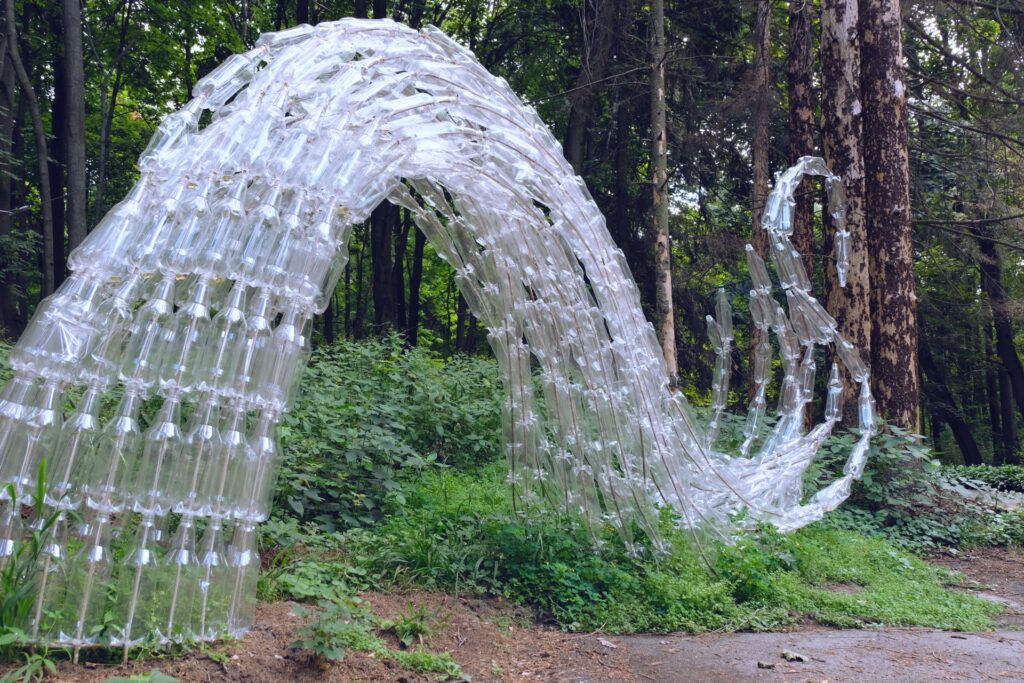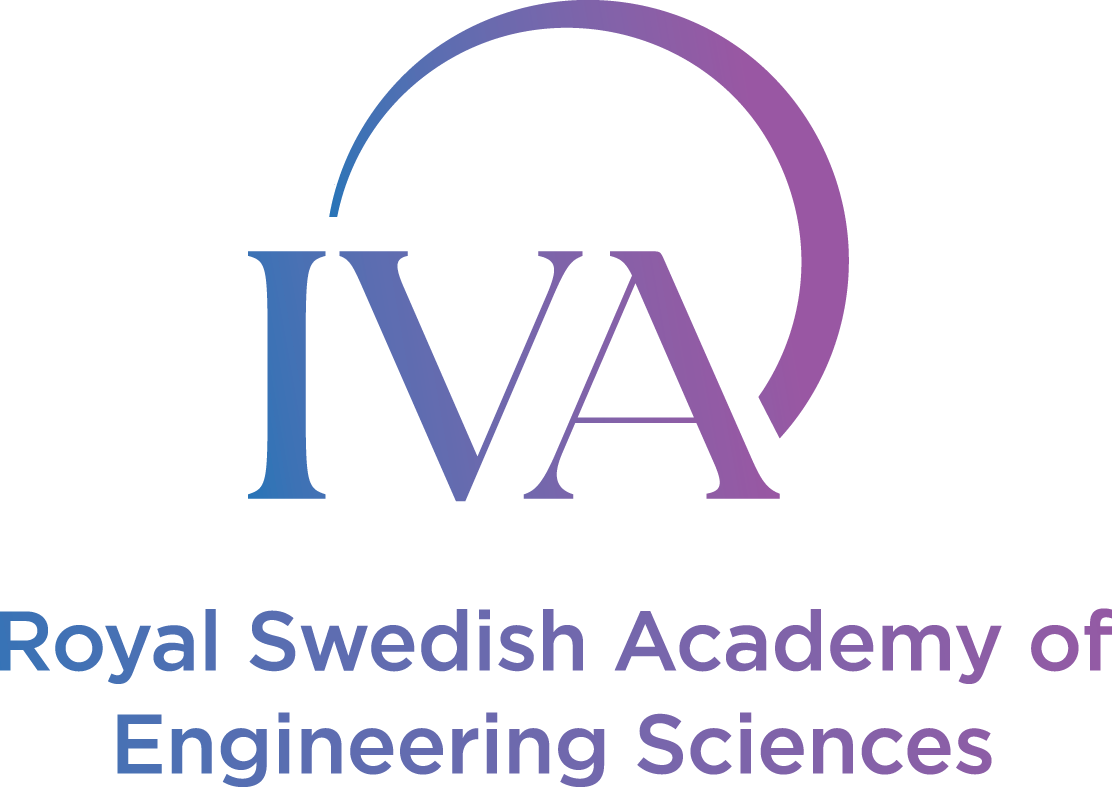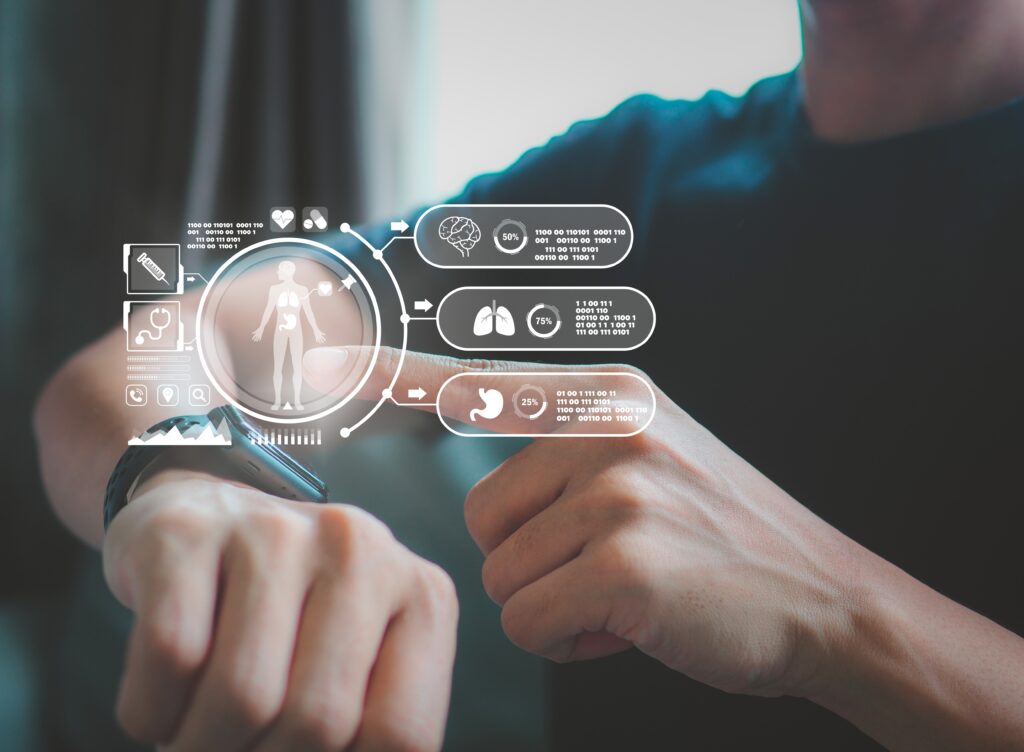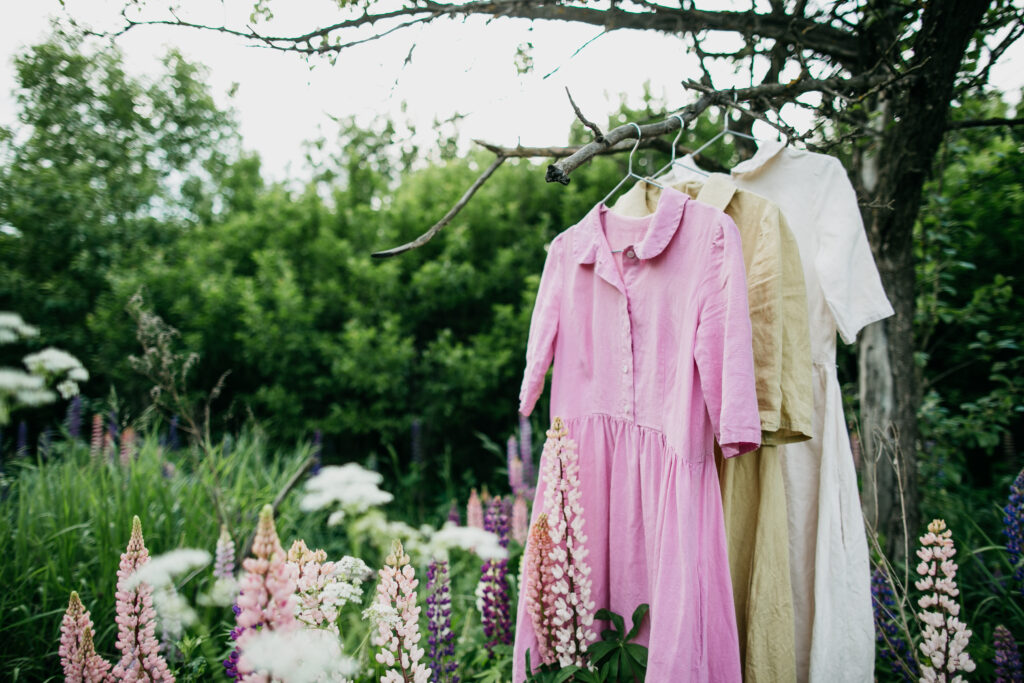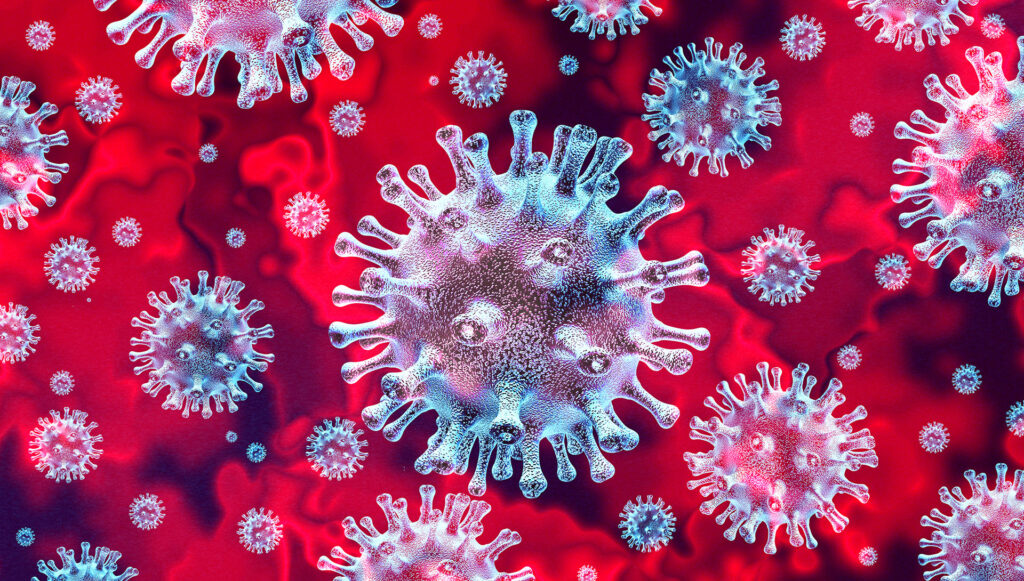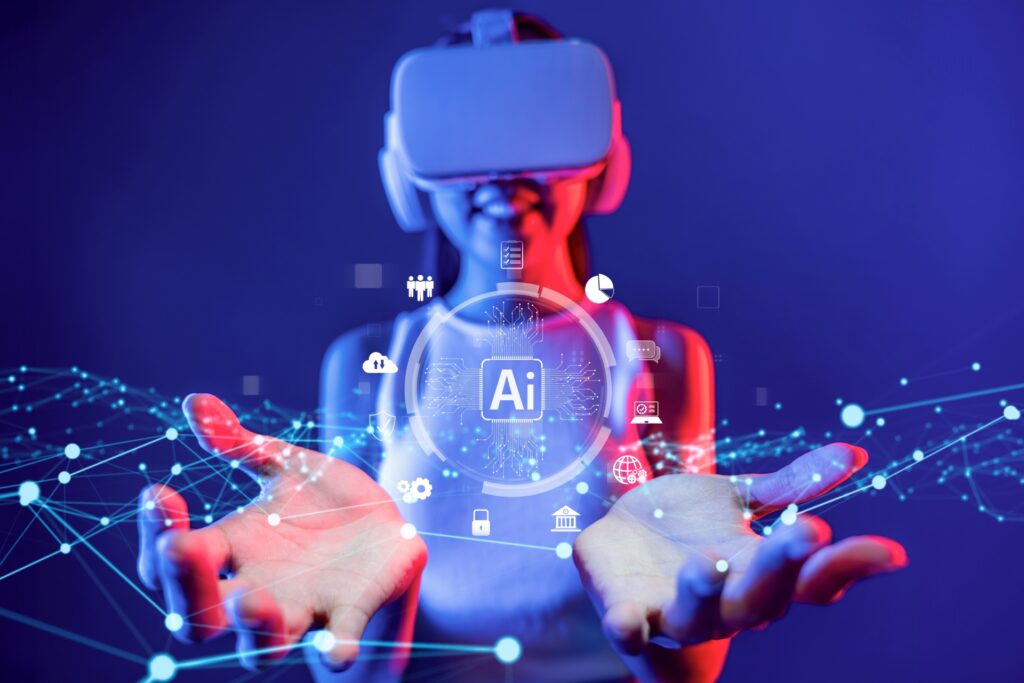
Overview
AI is changing the landscape of the world as we know it. It offers opportunities to impact humanity in positive ways by minimizing human error, streamlining data analysis and decision-making, as well as lowering risk to human lives – to name a few benefits. At the same time, with deep-fakes, biased algorithms and the ethical questions around AI such as art generators and chat-gpt, we as a society must grapple with the challenges of AI. How can we maximize the benefits of AI while also implementing useful boundaries to minimize the disadvantages and dangers? Can we create systems or implement new technology to address ethical issues surrounding AI? In this challenge, you will develop a solution to address one specific issue that AI poses.
Challenge
Design a technical solution that addresses and considers one clearly outlined and defined issue that AI poses in our global society.
Consider the following when designing your solution:
- What are some of the issues that AI poses in our society? What are the impacts or implications of those issues?
- Focus on one specific issue that AI poses. How could your solution be used by society at large? How would you propose governments use your solution?
- Are there any downsides to your solution? What else would you and your team have to consider to create an ethical solution?
- Who is your solution calling upon to act or implement? How does your data or solution support that societal change or law?
- How can you integrate community co-design into your solution?
See the challenge course syllabus.
Success Evaluation Criteria
Solutions will be judged based on the following criteria:
- Innovation and Design Thinking: Is the design and approach unique and/or innovative? Does the design show a high degree of originality and imagination?
- Scientific Quality: Are the appropriate references and analytical methods used and are the insights derived correctly?
- Presentation Quality: Is this concept concisely and clearly explained? Are the findings/recommendations communicated clearly and persuasively?
- Commercial Viability/Potential: Does the solution have the potential to make a difference?
- Sustainability: What is the social impact on local communities? How does the solution incorporate positive environmental or social objectives? Is the solution in line with a sustainable or justice focused future?
- Teamwork and collaboration: Was the experience a collaborative endeavor? Was the knowledge gained from the experience reflected upon and tied back to a civic engagement mindset? (From Personal Reflections)
See the challenge rubric.
Winners
The winning team, Reducing BIAS in AI models, had a futuristic approach in designing a technical solution that addresses and considers one clearly outlined and defined issue that AI poses in our global society.
Team members:
- Emma L. (Team Lead) (New Jersey, United States)
- Shubh J. (California, United States)
- Darren C. (New York, United States)
- Aradhana S. (Pennsylvania, United States)
- Shreshtha B. (Kuwait)
- Jemali D. (New York, United States)
Mentor: Abdul Rauf (Pakistan)
Sponsor

